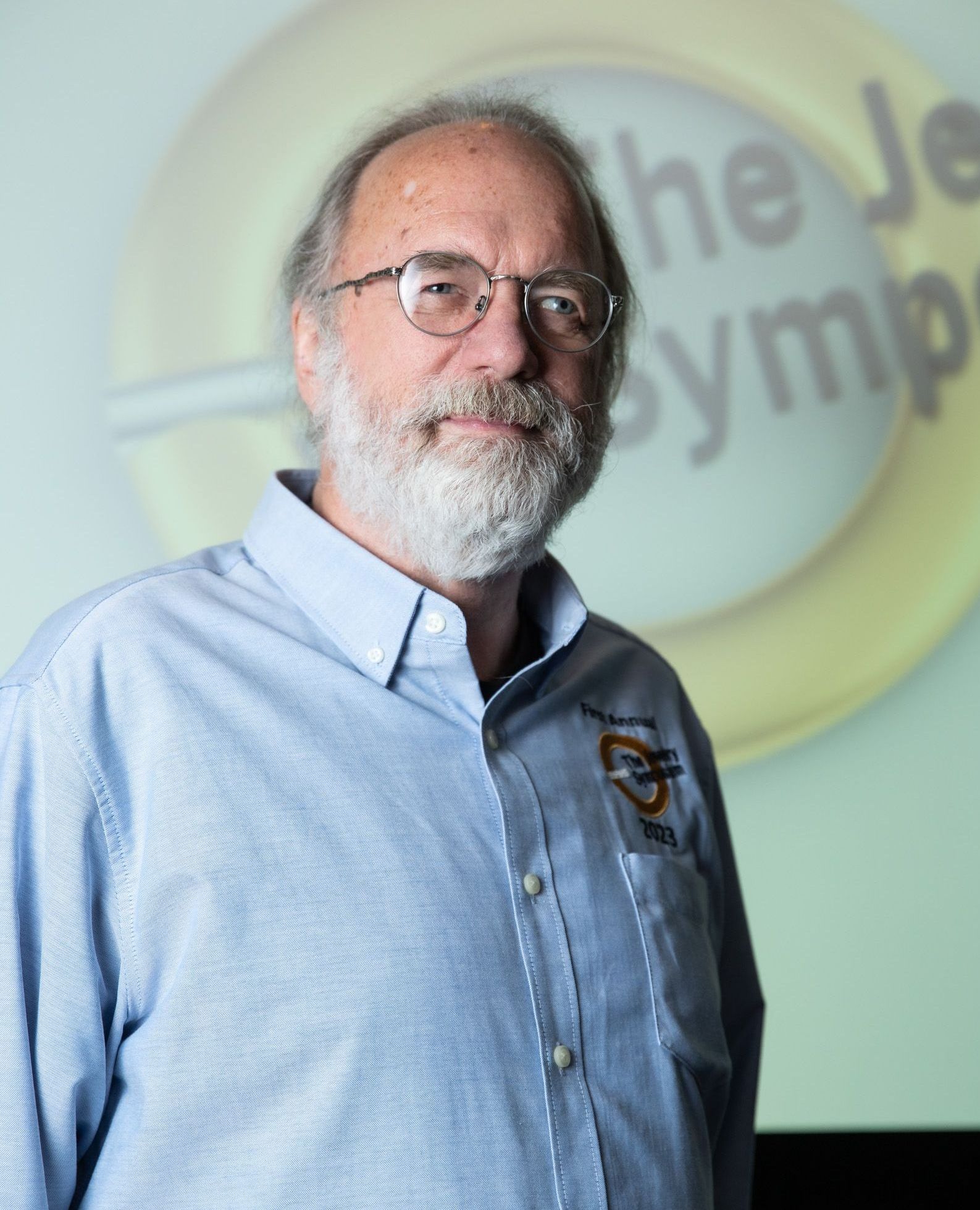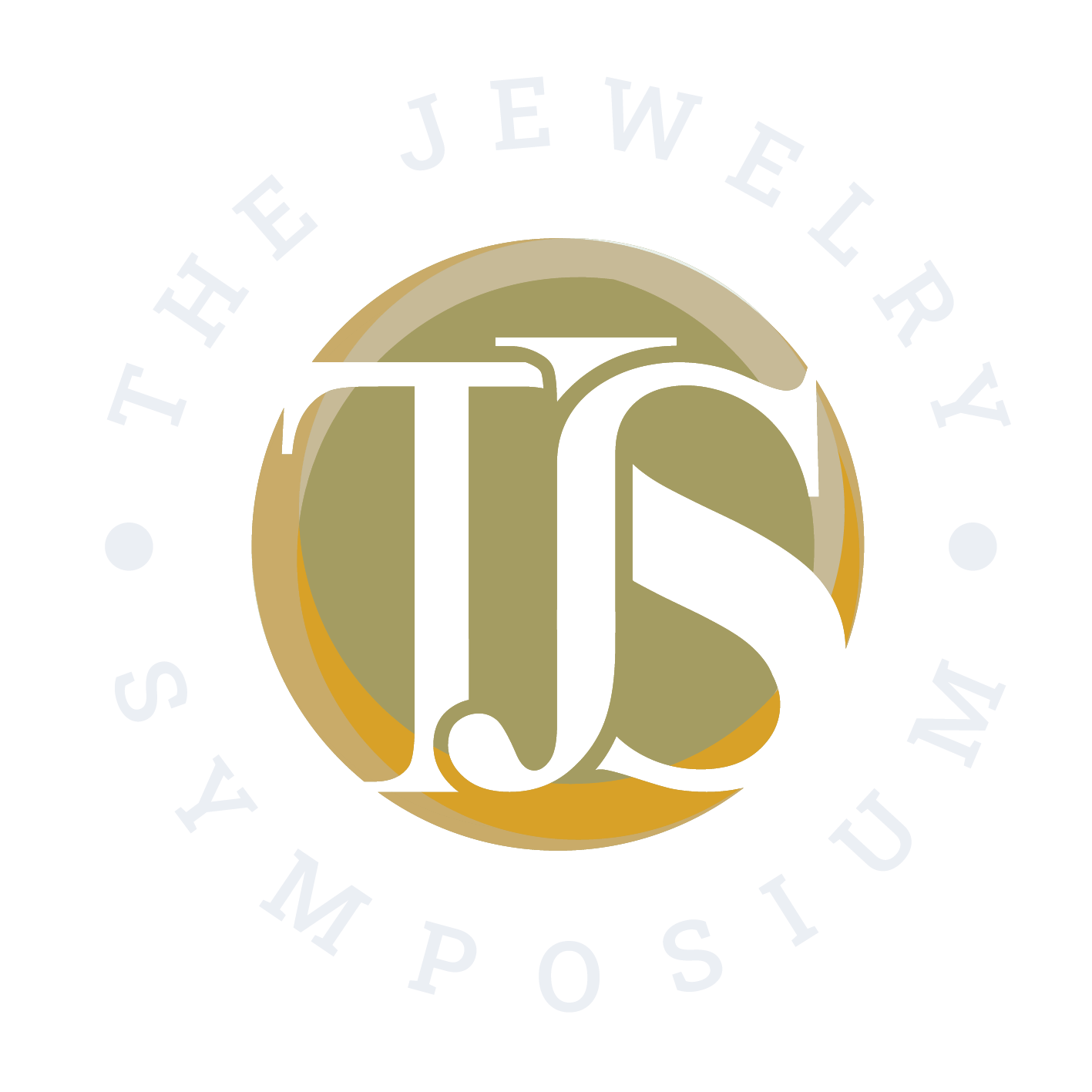Jim Binnion
James Binnion Metal Arts
Jim Binnion founded James Binnion Metal Arts in 1991 to make his mokume gane jewelry, with a focus on wedding jewelry. Jim developed a modern studio technique for producing mokume gane, a Japanese metalworking technique traditionally used to decorate samurai swords. His research and development led to teaching other jewelers and metalsmiths. Jim has presented papers at the Santa Fe Symposium, Jewelry Technology Forum, and the Jewellery Materials Congress. He has been published in the proceedings for those conferences along with articles in the MJSA Journal, Platinum Manufacturing Process Volume XI. He wrote a chapter in the book “Mokume Gane: A Comprehensive Study” and wrote the book “Jewelry Metals: A Guide to Working with Common Alloys”.
Website

Tell us about how you came to the jewelry industry.
My first exposure to making jewelry was in Crafts class my freshman year in high school. I learned the basics of lost wax casting and some simple fabrication techniques. At that point, I decided I was going to make jewelry for a living. Life, however, took me on a bit of a circuitous path to get there. After high school, I started working for a sculptor, making fiberglass and polyurethane castings from his models. Then I decided I wanted to learn electronics and enlisted in the Navy, where I was trained and spent nine years as an electronics technician on nuclear submarines. After leaving the Navy, I worked as a research engineer for 13 years in a Silicon Valley R&D firm. During most of that time, I maintained a home studio where I made jewelry. I was stationed in the San Francisco Bay Area during my last five years in the Navy. At night and on weekends, I would attend jewelry-making classes at the Revere Academy of Jewelry Arts. At the age of 35, I left the world of electronics and started my career as a jewelry maker, and I have been happily following that path for more than 30 years.
What role does education play in your work?
I spend a lot of time reading and gathering information that I think will be helpful in my work, and attend workshops and presentations regularly. I attended the Santa Fe Symposium for more than 20 years. There I found a wide variety of people willing to share their experience with others both in presentations and during the networking occurring throughout the time at SFS. When SFS ended, I decided to work with others who wanted to continue to provide that kind of educational and networking experience, which is my goal in working on the board of The Jewelry Symposium.





